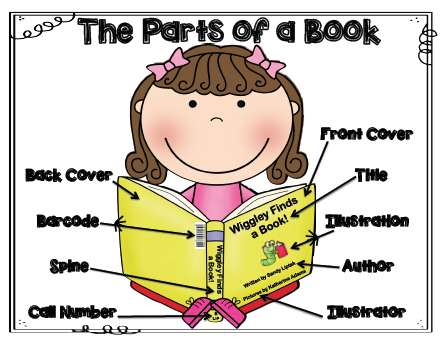
When teaching children about books, it’s essential to break down the different parts that make up a book. Understanding the structure of a book helps kids appreciate reading and can even enhance their learning experience. So, what are the key parts of a book for kids? Let’s dive in!
1. Cover Page:
The first part of a book is the cover, and it’s the first thing kids notice. The cover page includes the book’s title, the author’s name, and often an illustration or image related to the story. The cover page serves as an introduction to the book’s content and is designed to grab attention.
2. Title Page:
The title page appears right after the cover page and gives more information about the book, such as the publisher’s name and year of publication. It also displays the full title, sometimes with a subtitle, helping kids recognize the complete name of the book.
3. Table of Contents:
Books, especially nonfiction, often include a table of contents. This section outlines the chapters or sections and provides an easy way to navigate through the book. It teaches kids how to find specific information quickly and easily.
4. Chapters or Sections:
Books are often divided into chapters or sections, especially if they’re longer. Each chapter represents a part of the story or topic, and it’s usually numbered or titled. Chapters help break the content into smaller, manageable pieces, making it easier for children to follow along.
5. Illustrations or Pictures:
For young children, illustrations or pictures are important parts of the book. These visuals help tell the story and make reading more fun. In books for younger readers, pictures often complement the text, helping them understand the narrative better.
6. Glossary:
Some books, especially nonfiction or educational books, include a glossary. This part explains difficult words or concepts in simple terms, making it easier for children to understand new vocabulary and ideas.
7. Index:
The index appears at the end of some books. It’s a detailed list of important topics or subjects covered in the book, arranged alphabetically with page numbers. It helps children quickly find specific information they’re looking for.
8. Back Cover:
The back cover of a book often contains a brief summary of the story or content, a short biography of the author, and sometimes reviews or recommendations. It can also provide illustrations or additional information about the book.